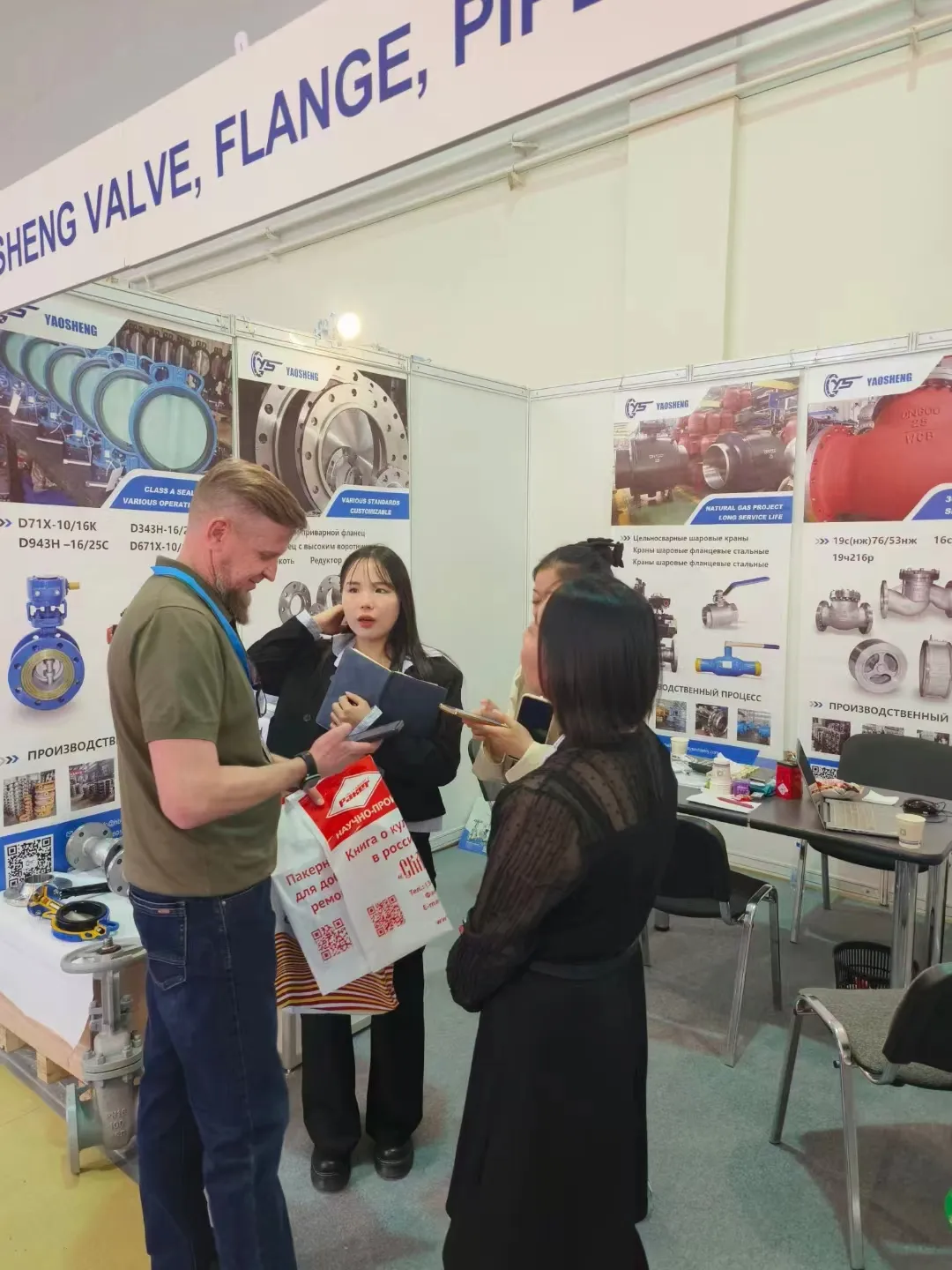Understanding the Functionality and Applications of a Needle Valve in Fluid Control
Understanding Needle Valves A Comprehensive Guide
Needle valves are critical components in fluid control systems, widely used across various industries, including oil and gas, chemical processing, and water management. This article explores the design, function, advantages, and applications of needle valves to provide a clear understanding of their importance in engineering systems.
What is a Needle Valve?
A needle valve is a type of flow control valve where a small diameter orifice is controlled by a long, tapered needle-like plunger. The plunger's design allows for precise adjustments of the flow rate of liquids or gases, making needle valves particularly useful in applications where fine control is essential. The valve body typically has three main parts the body, the seat, and the needle, which work together to regulate flow effectively.
How Do Needle Valves Work?
The design of a needle valve allows for tremendous control over the flow of fluid through the system. By turning the handle or stem of the valve, the needle moves in and out of the seat. When the needle is fully withdrawn, the valve is wide open, allowing maximum flow. As the needle is gradually screwed into the seat, the orifice size decreases, minimizing flow and enabling the operator to achieve highly precise flow rates. This functionality is crucial in many applications, particularly in laboratories and processes requiring experimentation and testing.
Advantages of Needle Valves
1. Precision Control One of the standout features of needle valves is their exceptional ability to control flow precisely. This is accomplished through the fine thread of the needle, which allows for incremental adjustments.
2. Durability Needle valves are built to withstand high pressures and temperatures, making them a reliable choice in demanding environments. Many needle valves are constructed from robust materials like stainless steel or brass, offering resistance to corrosion.
3. Compact Design These valves are typically smaller and lighter than other types of valves, allowing for flexible installation in space-constrained applications without sacrificing performance.
needle valve 1

4. Versatility Needle valves are used for various fluids, including gases, water, and oils, which makes them a versatile option for many systems. They can be found in applications ranging from irrigation systems to chemical processing plants.
Common Applications of Needle Valves
Needle valves have numerous applications due to their unique advantages. Some of the most common uses include
- Laboratory Equipment In research settings, needle valves regulate the flow of various fluids for experimental setups, allowing scientists to achieve the desired flow rates with high accuracy.
- Gas Flow Control In gas distribution systems, needle valves are employed to control the flow of gases in applications like welding and chemical manufacturing.
- Hydraulic Systems Needle valves play a pivotal role in hydraulic systems, helping to control the flow and pressure of hydraulic fluids.
- Oil and Gas Industries Needle valves are critical in oil and gas applications, from controlling flow in pipelines to managing the injection of additives in refinery processes.
Conclusion
Needle valves are integral to modern fluid control systems, enabling precise regulation in a wide array of applications. Their design facilitates excellent flow control, durability under harsh conditions, and versatility across different types of fluids. Understanding these valves is essential for engineers and technicians aiming to enhance system efficiency and performance.
In summary, whether in laboratory settings, industrial processes, or hydraulic systems, needle valves represent a blend of ingenuity and functionality, underscoring their significant role in engineering and fluid dynamics. As technology continues to advance, the use of needle valves is likely to expand, inviting innovations that further enhance their capabilities.
-
The Key to Fluid Control: Exploring the Advantages of Ball Valves in Industrial SystemsNewsJul.09,2025
-
The Versatile World of 1, 2, and 3 Piece Ball ValvesNewsJul.09,2025
-
Stainless Steel Ball Valves: The Ideal Choice for Efficient Flow ControlNewsJul.09,2025
-
Optimizing Fluid Control with Ball Float ValvesNewsJul.09,2025
-
Manual Gate Valves: Essential for Control and EfficiencyNewsJul.09,2025
-
Everything You Need to Know About Butterfly ValvesNewsJul.09,2025
-
The Versatility of Wafer Type Butterfly ValvesNewsJul.08,2025




